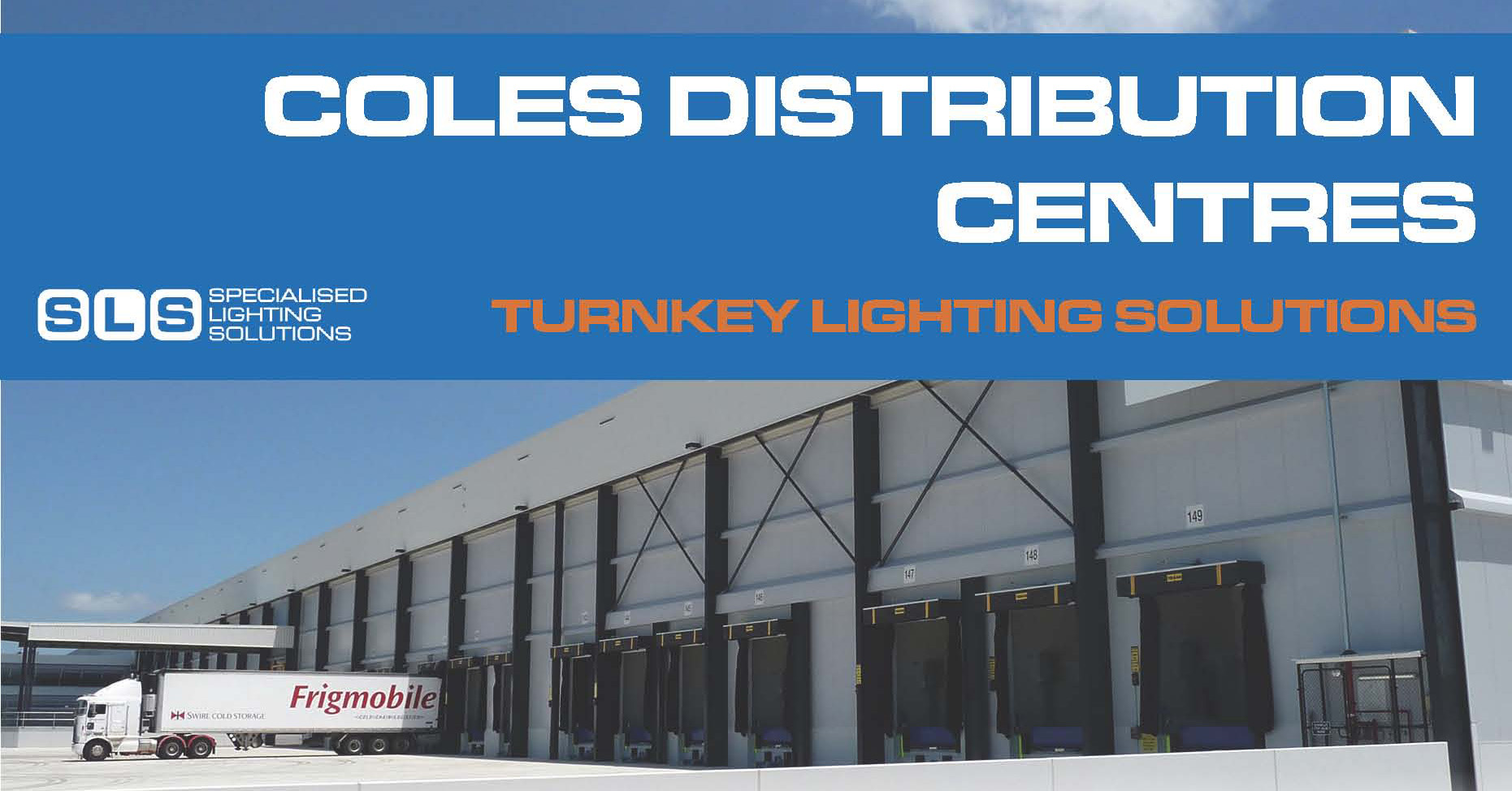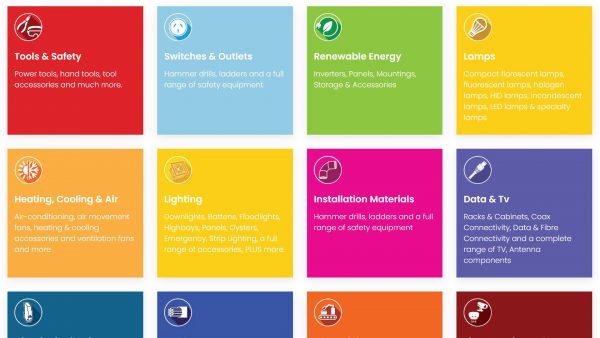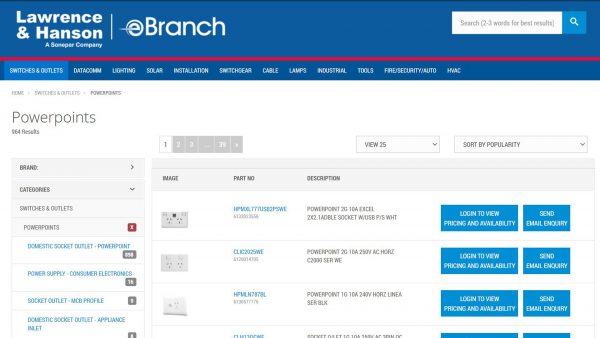
Lighting
ENERGY-EFFICIENT LIGHTING FOR INDUSTRIAL AND COMMERCIAL APPLICATIONS
When we hear the word ‘warehouse’ we often picture a gigantic hall, full of machines whirring and forklift trucks zipping around. However, in reality, a warehouse usually comprises of a multitude of different sections – manufacturing spaces, loading bays, racking areas – that all serve different purposes.
The problem from a lighting perspective is that these different areas are normally in use at various times of the day, yet the entire building is illuminated. Not only is this unsustainable, it’s also incredibly costly for a business.
This was something that supermarket giant Coles realised when it sought a lighting overhaul in 13 of its distribution centres across the country.
After a rigorous tender process, which involved installing, commissioning and reporting on a random aisle in a Victorian distribution centre, the team at Specialised Lighting Solutions (SLS) was awarded the contract.
After engaging with the Coles project team, the Philips project team, site operations team and the Coles selected installation team, SLS was able to coordinate each site’s daily requirements for installation, commissioning and handover of the operating site to Coles, all within the promised project timeline.
However, the task wasn’t without its challenges. Several of the facilities were Chilled Distribution Centres (CDC) that are kept cool to keep produce fresh. Working within refrigerated spaces as low as -20°C meant that the existing penetrations in the refrigerated panes could not be moved or altered readily. Also, the CDC environment didn’t feature skylights, so there was no supplemental daylight to work with.
Couple all of that with over 9,800 installed lighting units – most of these 400W halide high bays, operating around the clock – and you’ve got a tricky task on your hands.
SLS opted to deploy the Philips GreenWarehouse system. This is a future-proof and flexible lighting system that allows existing light fixtures to be replaced easily.
The technology can be retrofitted, works wirelessly and delivers high quality light when and where it is needed. Warehouses can be divided into zones and presence detectors installed strategically, so when there is movement in, or approaching a zone, full-output lighting is triggered. When the space is unoccupied, lighting can be dimmed to an energy-saving background lighting level.
Each fitting in the Coles project features these motion detection and programmed light levels – if the light doesn’t detect any movement within its range, it will dim down to a minimum light level to reduce energy consumption. When activity is detected, the lamp illuminates to a pre-programmed requirement, to ensure that safe lighting levels are available for staff to work under.
Further, with the distribution centres that feature skylights, the system uses daylight regulation to make the most of natural light, allowing the bulb to remain dimmed until needed.
SLS anticipates that systems will have covered their initial investment after just 17 months. This is possible due to an estimated annual power saving of over $800k and VEEC and ESS Government rebates totalling more than $2 million. What’s more, due to the reduced heat dissipation of LEDs, the chilled distribution centres were able to save on refrigeration costs, further increasing savings.


